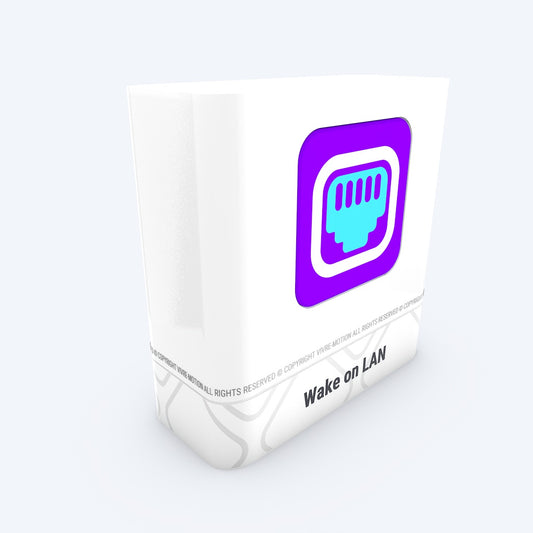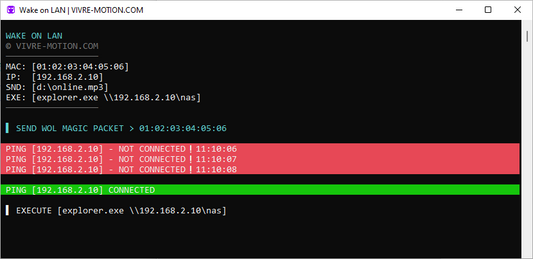GIF FORMAT
GIF FORMAT
GIF - Graphics Interchange Format

The CompuServe graphics format supports a maximum of 256 colors including a transparency color and the option of saving individual images with a specific interval in order to display an animation.
The GIF is understood as a synonym for animated short videos, even if they are not technically in this format.
In the 2010s, GIF animations made a comeback on the web to e.g. cinemagraphs and stereograms to create. In May 2015, Facebook (META) also started supporting GIF.
Format Properties
 256 COLOR
256 COLOR
More complex images such as photos with many different colors must therefore be reduced to 256 colors or less (color quantization) before saving. The color gradients or dithering effects that are created in this way are annoyingly visible, especially with gradients.
The GIF format itself is compressed and considered as non-lossy, but only under the aspect if the total conversion of the original image does not exceed the necessary colors of 256.
Transparency
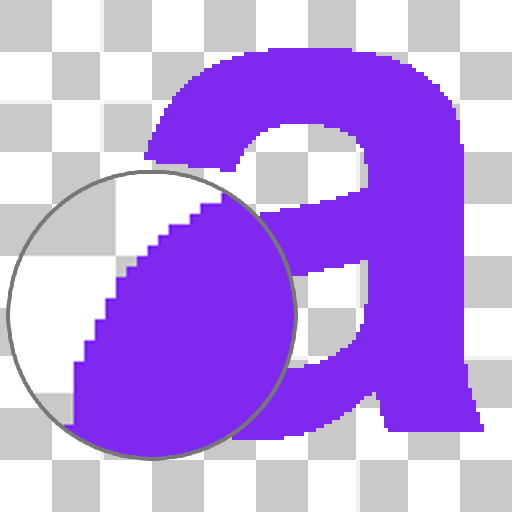 GIF TRANS
GIF TRANS
 PNG ALPHA
PNG ALPHA
With an 8-bit alpha channel, such as that supported by PNG, partial transparency and a softly graduated Antialiasing enabled transition.
Interlacing
As of GIF87a, GIF supports saving images with interlacing. The image is not transmitted sequentially from top to bottom, but in four passes with increasing progressive resolution. In the past, this method was often used with slow Internet connections.
More than 256 colors
Already GIF87a offers the possibility to save several individual images, each of which has its own color palette. The transparency can also be used to overlap images in a series in order to reconstruct a composing for a true color GIF. However, true color GIFs have not achieved great popularity and distribution to this day.
Alternatives
The patent-free PNG format was developed to replace GIF as the single image format on the World Wide Web. PNG offers more options (up to 64-bit color depth), almost always better compression and can save more colors per frame than GIF. The latter is PNG's biggest advantage over GIF. Despite all the technically better options, GIF has prevailed to this day and is the standard for short animation clips in many areas.
SOURCE MORE INFO Wikipedia Graphics Interchange FormatPlugins Portfolio
-
Vendor:vivre-motion - VM-70007
MOUSE POINTER SPOTLIGHT for Windows - PLUGIN | STREAM DECK ICONS
- Regular price
- € 0,00 EUR
- Regular price
-
€ 5,00 EUR - Sale price
- € 0,00 EUR
- Unit price
- per
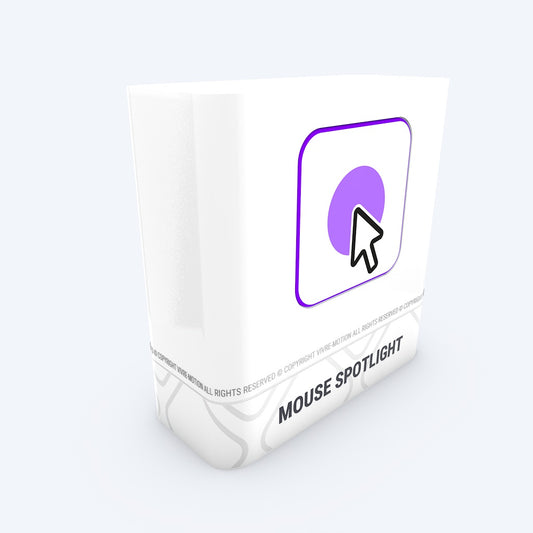
 Sale
Sale -
Vendor:vivre-motion - VM-70009
PHANTOM MOUSE for Windows | STREAM DECK ICONS
- Regular price
- € 0,00 EUR
- Regular price
-
€ 4,00 EUR - Sale price
- € 0,00 EUR
- Unit price
- per
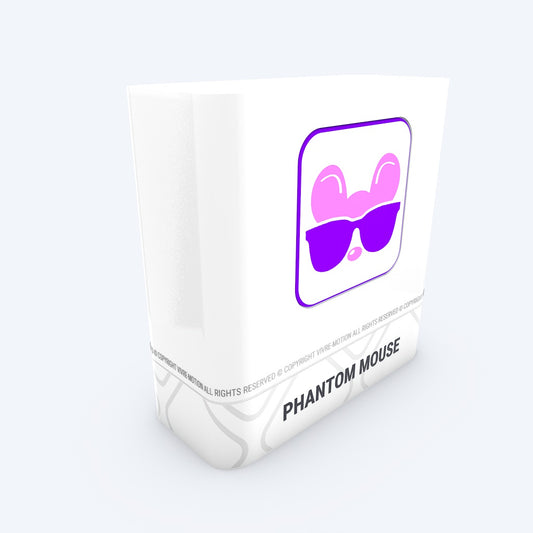
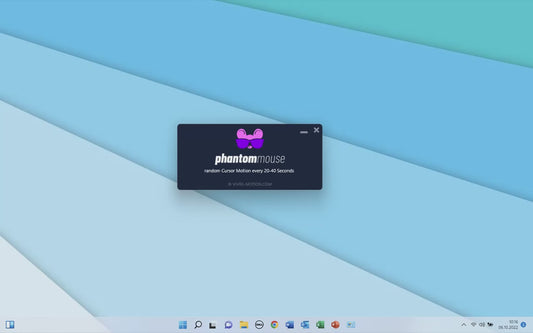 Sale
Sale -
Vendor:vivre-motion - VM-70016
Force Window onTop | Plugin | STREAM DECK ICONS
- Regular price
- € 0,00 EUR
- Regular price
-
€ 9,00 EUR - Sale price
- € 0,00 EUR
- Unit price
- per
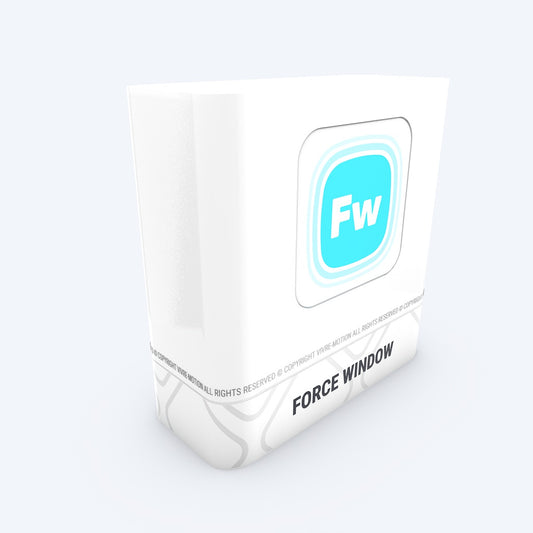
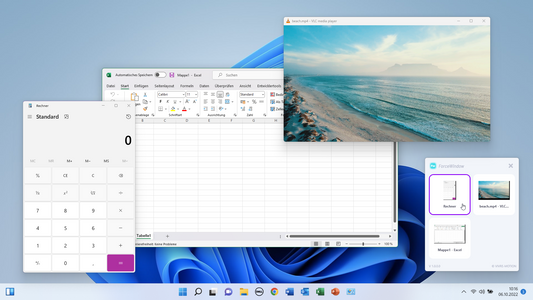 Sale
Sale -
Vendor:vivre-motion - VM-70017
Excel X/Y ScrollPad Navigation Windows | Stream Deck Plugin
- Regular price
- € 0,00 EUR
- Regular price
-
€ 9,00 EUR - Sale price
- € 0,00 EUR
- Unit price
- per
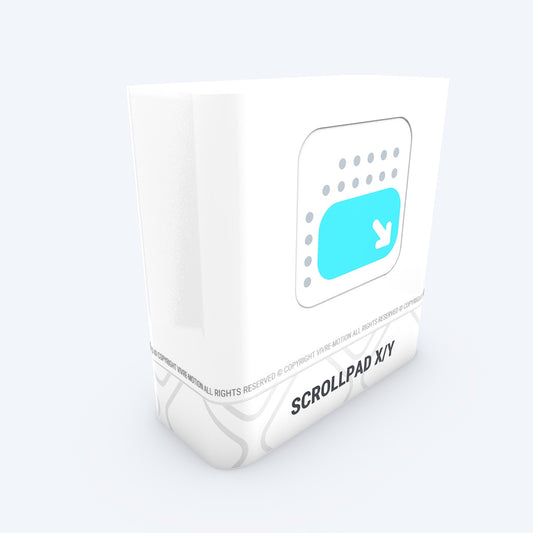
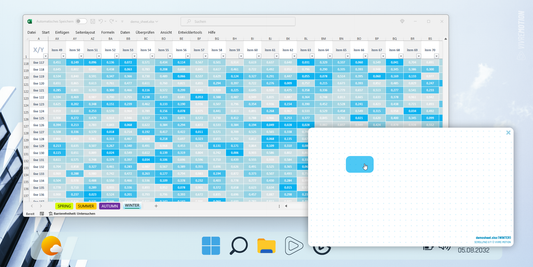 Sale
Sale -
Vendor:vivre-motion - VM-70037
PANIC BUTTON Plugin | STREAM DECK ICONS
- Regular price
- € 0,00 EUR
- Regular price
-
€ 6,00 EUR - Sale price
- € 0,00 EUR
- Unit price
- per
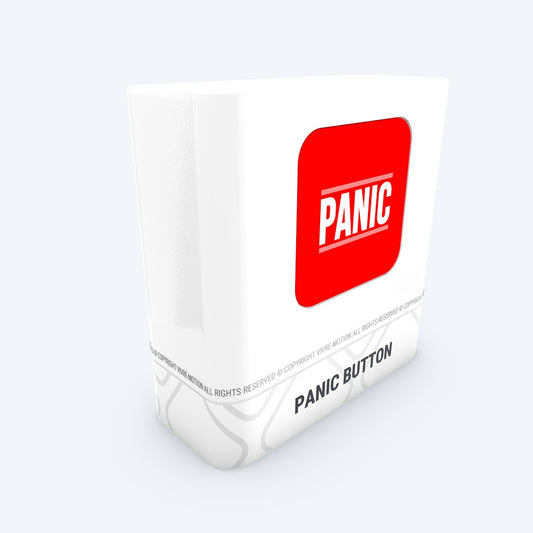
 Sale
Sale -
Vendor:vivre-motion - VM-70014
MOUSE SIMULATOR | Plugin | STREAM DECK ICONS
- Regular price
- € 0,00 EUR
- Regular price
-
€ 0,00 EUR - Sale price
- € 0,00 EUR
- Unit price
- per
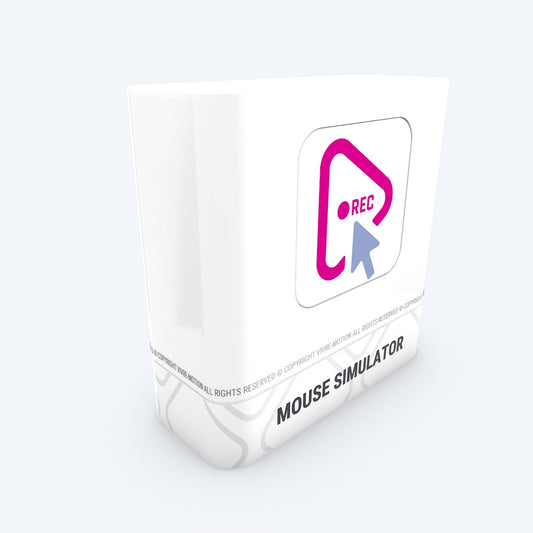
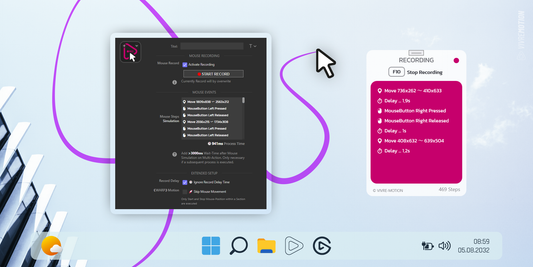
-
Vendor:vivre-motion - VM-70012
VBA Macro Execute | Plugin | Stream Deck Icons
- Regular price
- € 0,00 EUR
- Regular price
-
- Sale price
- € 0,00 EUR
- Unit price
- per
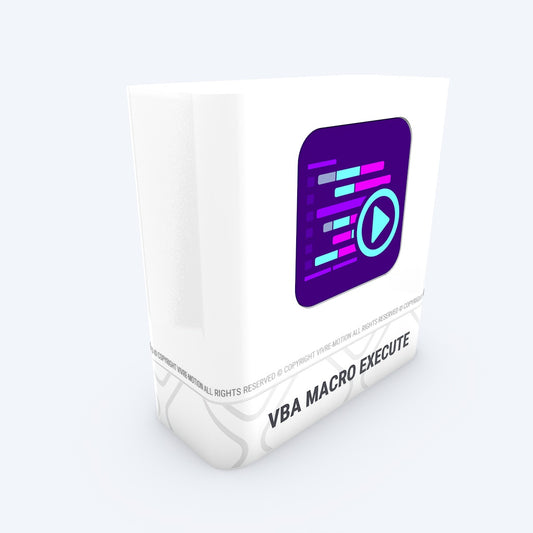
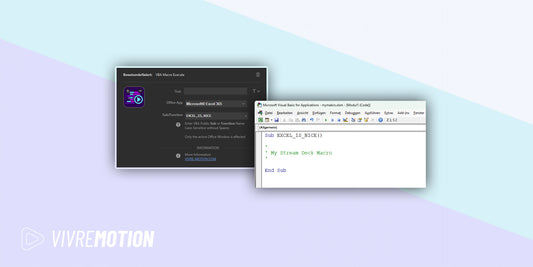
-
Vendor:vivre-motion - VM-70010
WINDOWS COCKPIT | Plugin | Stream Deck icons
- Regular price
- € 0,00 EUR
- Regular price
-
- Sale price
- € 0,00 EUR
- Unit price
- per
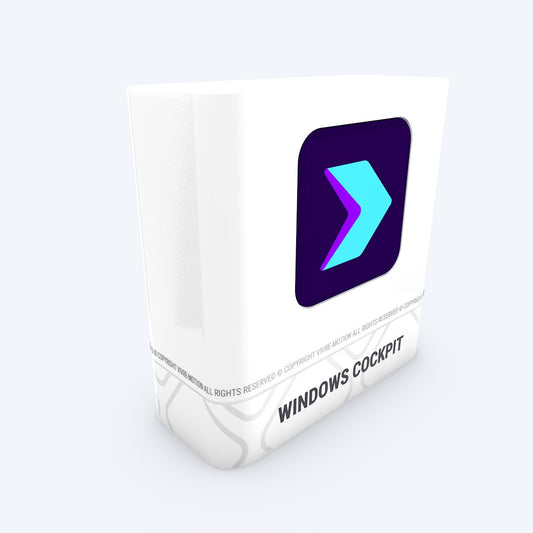
-
Vendor:vivre-motion - VM-70030
OUTLOOK INSTANT MAIL Plugin | STREAM DECK ICONS
- Regular price
- € 0,00 EUR
- Regular price
-
€ 0,00 EUR - Sale price
- € 0,00 EUR
- Unit price
- per
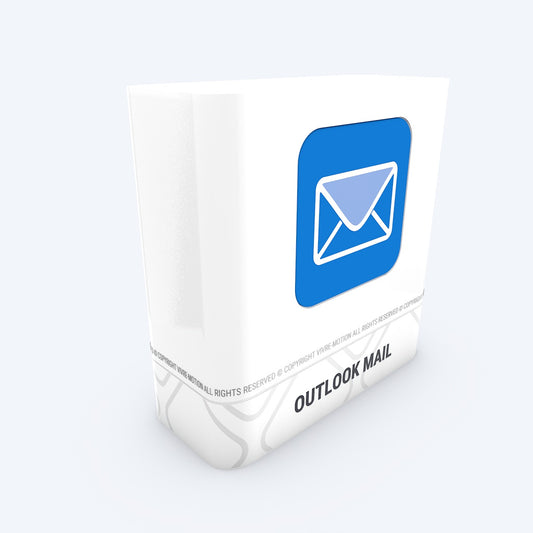
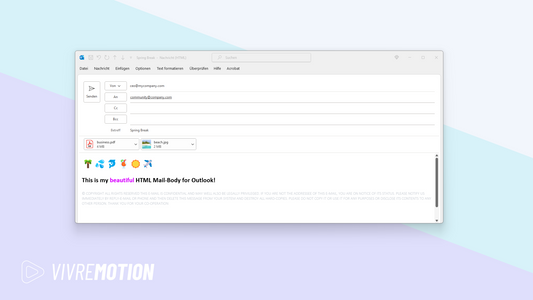
-
Vendor:vivre-motion - VM-70024
MATRIX DISPLAY Plugin | Stream Deck Icons
- Regular price
- € 0,00 EUR
- Regular price
-
€ 0,00 EUR - Sale price
- € 0,00 EUR
- Unit price
- per
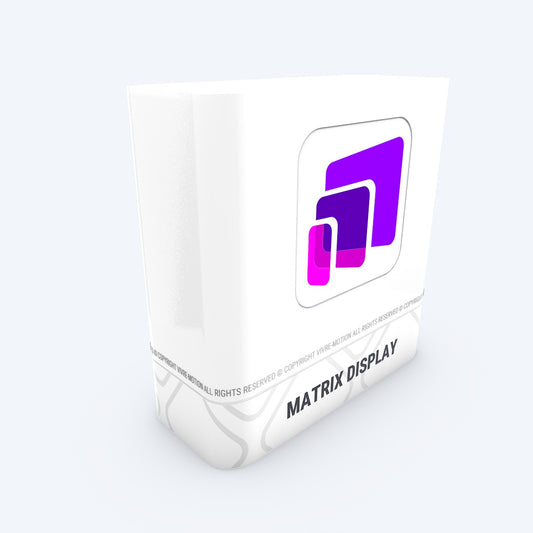
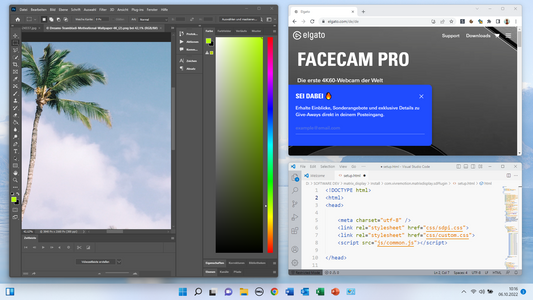
-
Vendor:vivre-motion - VM-70006
AUTO TRANSLATE - Plugin | STREAM DECK ICONS
- Regular price
- € 0,00 EUR
- Regular price
-
- Sale price
- € 0,00 EUR
- Unit price
- per
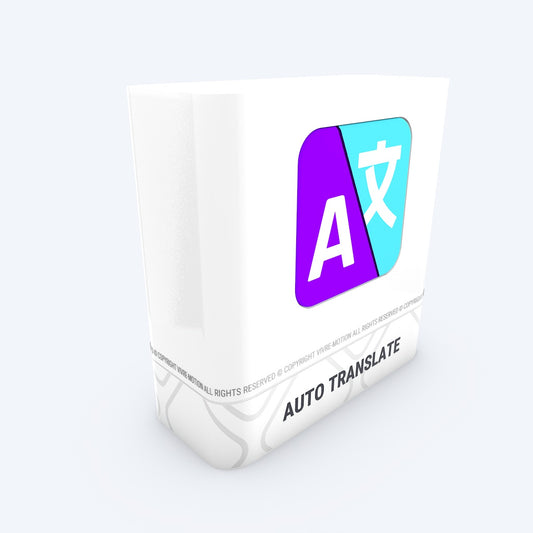
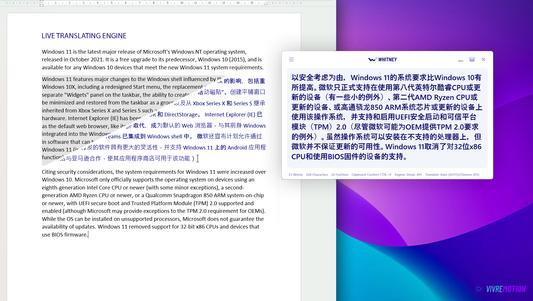
-
Vendor:vivre-motion - VM-70004
Wake on LAN Free| Plugin | Stream Deck Icons
- Regular price
- € 0,00 EUR
- Regular price
-
- Sale price
- € 0,00 EUR
- Unit price
- per
